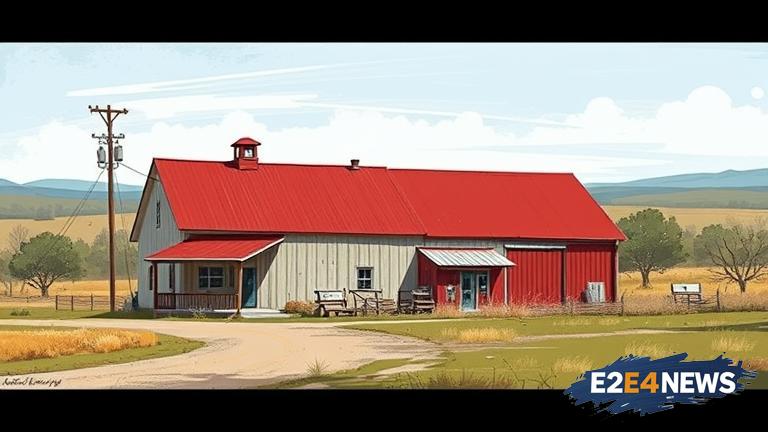The recent decision to claw back $1.1 billion in funding for PBS and NPR has sent shockwaves throughout the public media landscape, with rural stations being particularly vulnerable to the cuts. These stations, which often rely heavily on federal funding to operate, are now facing an uncertain future. The reduction in funding is expected to have a disproportionate impact on rural areas, where access to information and educational resources is already limited. Many of these stations provide critical services, including emergency alerts, weather updates, and educational programming, which are essential to the daily lives of rural residents. Without sufficient funding, these stations may be forced to reduce their services or even cease operations altogether. This would not only deprive rural communities of a vital source of information but also exacerbate the existing digital divide. Rural stations often struggle to stay afloat due to limited advertising revenue and a lack of private donors, making them heavily reliant on federal funding. The clawback of funds is likely to worsen this situation, leaving many stations on the brink of collapse. The impact of the funding cuts will be felt across the country, with rural stations in states such as Alaska, Montana, and Wyoming being particularly at risk. These stations often serve as the primary source of news and information for local communities, and their loss would be deeply felt. In addition to providing essential services, rural public media stations also play a critical role in promoting local culture and arts. They often feature programming that showcases the unique heritage and traditions of rural areas, which would be lost if these stations were to disappear. The funding cuts have been met with widespread criticism from public media advocates, who argue that they will have a devastating impact on rural communities. Many are calling for alternative funding solutions to be explored, such as increased private donations or corporate sponsorships. However, these efforts may not be enough to offset the loss of federal funding, and rural stations may be forced to explore more drastic measures to stay afloat. As the situation continues to unfold, rural public media stations are bracing for the worst, and their fate remains uncertain. The long-term consequences of the funding cuts are still unknown, but one thing is clear: the future of rural public media hangs in the balance. The federal government’s decision to claw back funding for PBS and NPR has sparked a national debate about the importance of public media and the need for sustainable funding models. As the dust settles, one thing is certain: rural stations will be fighting for survival in the coming months and years.
